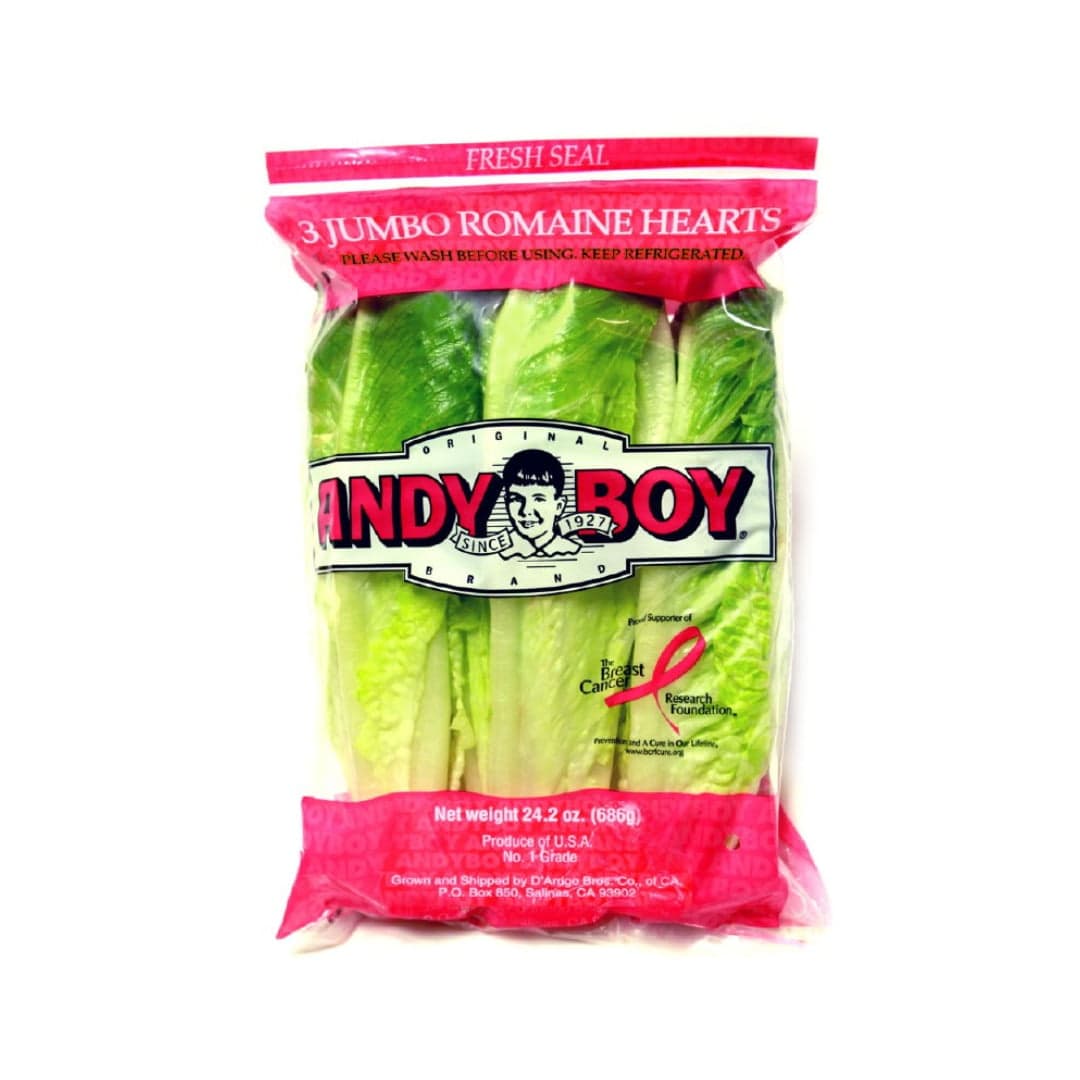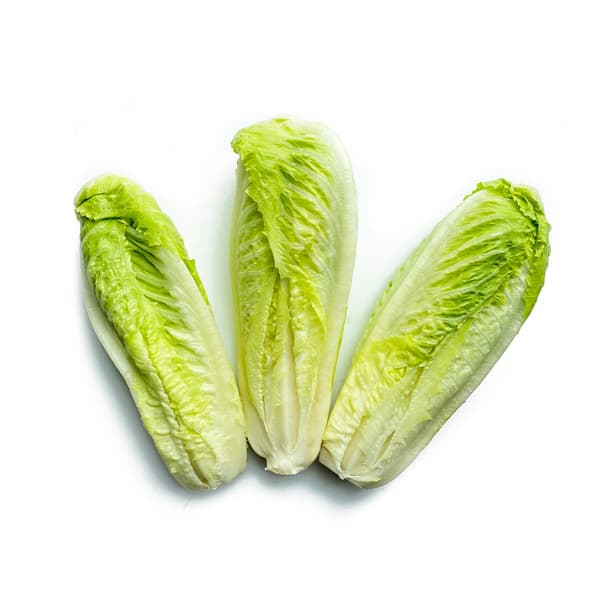
Chard
The Colorful Leafy Green of the Mediterranean
Product Details
Description
Chard is a beautiful and nutritious leafy green vegetable with a rich history and many colorful varieties. Chard (*Beta vulgaris subsp. vulgaris*) is a leafy green vegetable related to beets and spinach, but unlike beets, it is grown for its edible leaves and stalks rather than an edible root. It is often called **Swiss Chard**, a name that was supposedly added by 19th-century Dutch seed merchants to distinguish it from French spinach varieties, though it is native to the Mediterranean. **Key Characteristics:** * **Appearance:** It has large, dark green, often crinkly leaves attached to thick, crunchy, celery-like stalks (petioles) and prominent midribs. * **Varieties & Color:** While traditional Swiss Chard has white stems, chard is famous for its vibrant stems that come in a rainbow of colors, including red, yellow, orange, pink, and purple. A mix of these colorful varieties is often sold as **Rainbow Chard** or **Bright Lights**. * **Flavor:** Young chard leaves can be eaten raw and have a mild, earthy taste, similar to spinach. More mature leaves and the stalks are best cooked, which mellows their slight bitterness and enhances their earthy sweetness. * **Nutrition:** Chard is a nutritional powerhouse, low in calories and exceptionally rich in vitamins, especially Vitamin K, Vitamin A, and Vitamin C, as well as minerals like magnesium, iron, and potassium. * **Culinary Use:** Both the leaves and the stalks are edible. The leaves can be used like spinach in salads, soups, stews, or sautéed. The tougher stalks require a longer cooking time and can be cooked separately, similar to asparagus or celery.
Product Information Notice
We strive to provide accurate information regarding ingredients, nutritional details, product images, and descriptions on our website. However, this information may occasionally change. For the most current and precise ingredient and nutrition information, please always refer to the actual product packaging.
You Might Also Like
Discover more products based on your current selection







